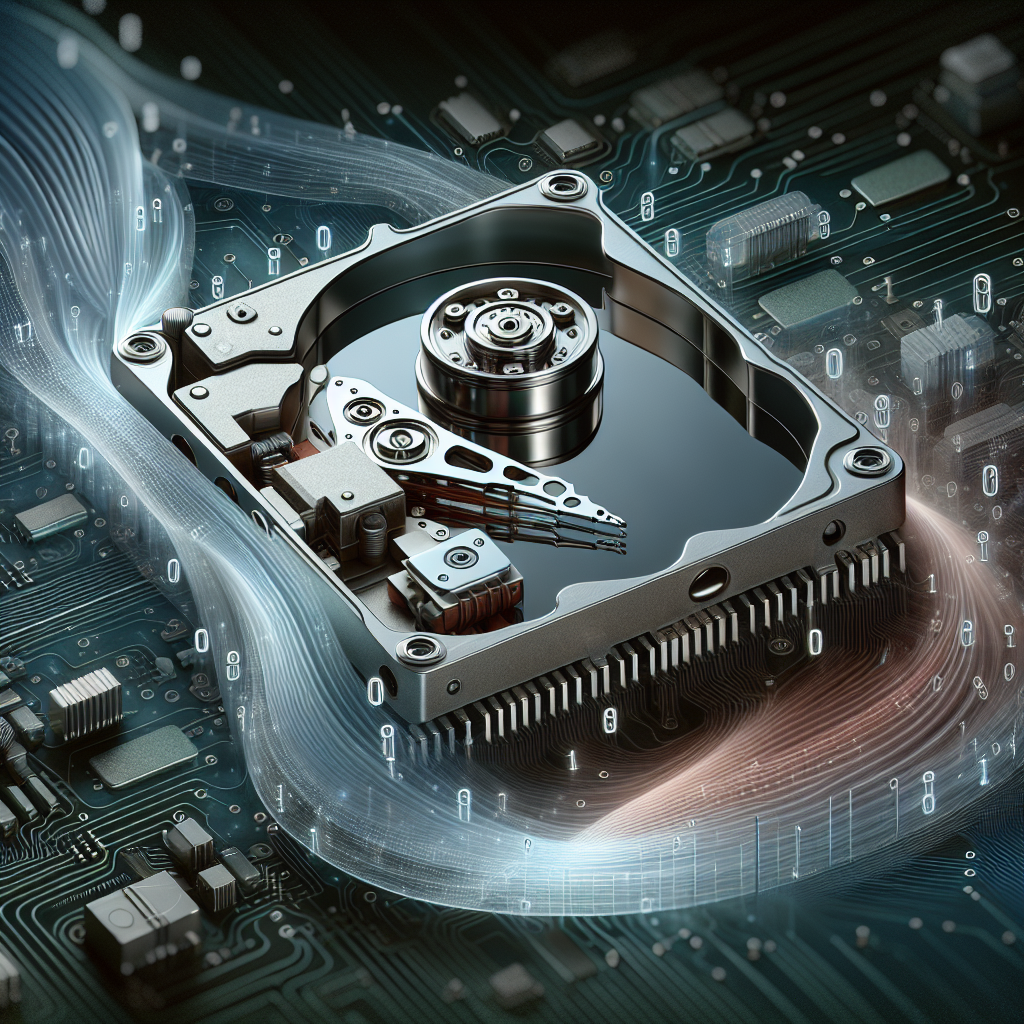Read-write heads play a crucial role in the functioning of hard drives, allowing them to store and retrieve data efficiently. But have you ever wondered how these tiny components actually work? In this article, we delve into the science behind read-write heads and explore how they store and retrieve data.
At the heart of every hard drive is a spinning disk coated with a magnetic material. The read-write head, a small electromagnet located at the tip of an actuator arm, hovers just above the surface of the disk. When data needs to be written to the disk, an electrical current is passed through the read-write head, creating a magnetic field that aligns the magnetic particles on the disk in a specific pattern. This pattern represents the binary data that is being stored – a series of ones and zeros.
To retrieve data from the disk, the read-write head simply reads the magnetic field on the surface of the disk. As the disk spins, the read-write head moves back and forth across the surface, reading the magnetic signals and converting them into electrical signals that can be interpreted by the computer.
One of the key challenges in designing read-write heads is ensuring that they can read and write data accurately and quickly. To achieve this, manufacturers use advanced materials and technologies to create heads that are precise and reliable. For example, modern read-write heads are made from materials such as thin films of magnetic alloys, which allow for high storage densities and faster data transfer speeds.
Another important factor in the performance of read-write heads is their size. Smaller heads are able to access data more quickly and with greater precision, making them ideal for high-performance applications. However, smaller heads also require more advanced manufacturing techniques, which can increase the cost of production.
In recent years, researchers have been exploring new technologies that could revolutionize the way data is stored and retrieved. One promising development is the use of heat-assisted magnetic recording (HAMR), which uses a laser to heat the disk surface, allowing for higher storage densities and faster data transfer speeds. Another emerging technology is microwave-assisted magnetic recording (MAMR), which uses microwave energy to enhance the magnetic recording process.
In conclusion, read-write heads are an essential component of hard drives, allowing for the storage and retrieval of data in a fast and efficient manner. By understanding the science behind read-write heads, we can appreciate the complexity and precision involved in this critical technology. As researchers continue to push the boundaries of data storage technology, we can expect even more exciting developments in the field of read-write heads in the future.


Leave a Reply